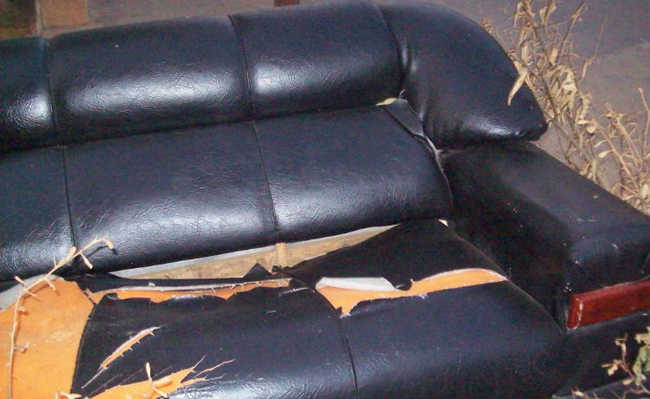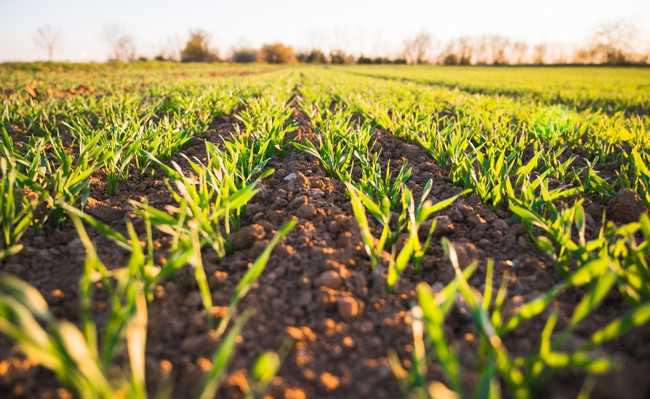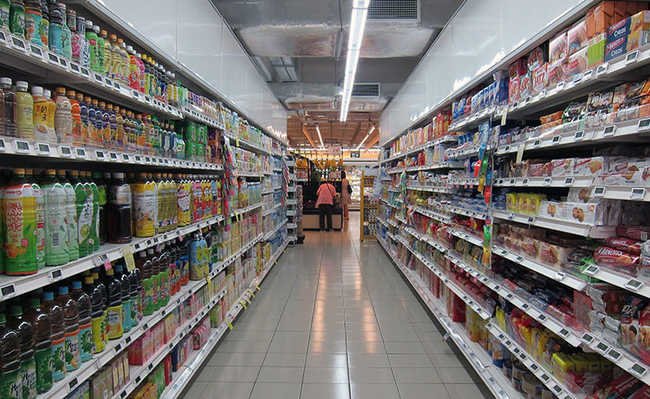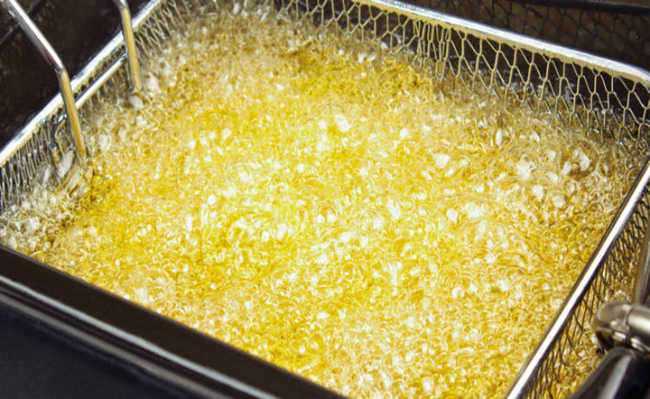Rainwater harvesting project generates savings in condominiums
Implementing a rainwater harvesting project in condominiums can reduce consumption by up to 50%, in addition to reducing the pressure on this scarce natural resource
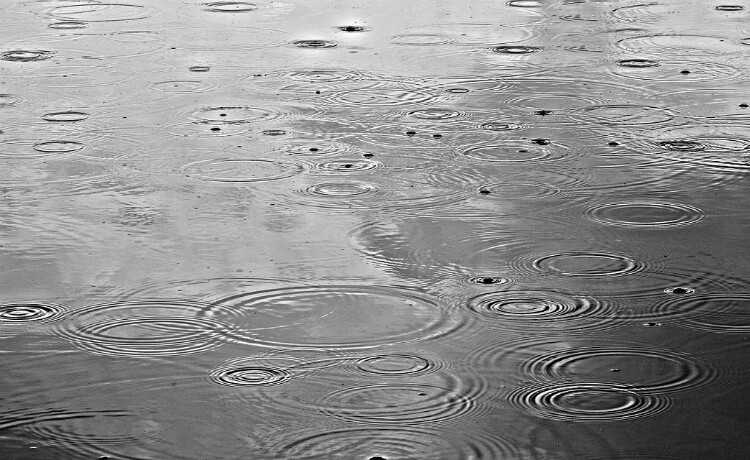
The collection of rainwater in condominiums is a tool that is attracting more and more attention from building dwellers. There is even a bill in the Senate that makes it mandatory for new buildings to include the reuse of rainwater for non-potable purposes already in their bill. But buildings already built can also adapt and include cisterns in the condominium's water supply system.
Cisterns are reservoirs that capture and store rainwater - better understand how this system works in the article "Rainwater harvesting: know the advantages and necessary precautions for using a cistern". In addition to saving this scarce resource, there is an economic benefit of almost 50% in consumption. Rainwater (from rain) can be used for non-potable purposes, such as cleaning common areas, irrigation of gardens, flushing toilets, car washing, decorative aquatic systems such as fountains, fountains, mirrors and waterfalls , fire protection reserve, among others.
But how to implement a rainwater catchment project in a condominium? First, there must be planning, knowing the volume that will be collected, the best installation location and where the water will be collected. The roof is the easiest place to collect rainwater - it can be the roof of the building, or the roof of the ballroom, the barbecue... The best cost-benefit is to use the structure of the building itself to install the rainwater supply system. The reservoir can be installed in higher places and, by gravity, the water can be used in hoses or manually removed. To get to know the size of the cistern you should use, just take the size of the roof (in square meters) and multiply it by the height of the region's rainfall (in meters), that is, the amount of rain. Thus, the result will be the volume in liters that it rains in your region.
If there is interest, with a greater investment, specialized companies can optimize the use of rainwater. The collected water can be sent to a second tank and connected to a specific network of pipes to supply the apartments individually. The building's hydraulic plans must be analyzed, studying the feasibility of the project and presenting the most suitable connection points without impacting the original hydraulic system.
However, the most common is to want to use rainwater in the common areas of the condominium, so that the catchment project does not require major modifications to the hydraulic structure, so the investment is relatively low and the gains are significant. The cost of a cistern varies depending on its storage volume. Tecnotri manufactures vertical cisterns made of 100% recycled material in volumes up to one thousand liters at a price of approximately R$ 1800. They can be interconnected with others, increasing the capacity of your storage project. There are other options for rainwater catchment systems, such as mini-cisterns or cisterns to catch water from the washing machine.
Present a project to the manager for the use of rainwater and help make your condominium more sustainable. This solution has several advantages for all residents of the building.
Watch the video on how residential cisterns work.






